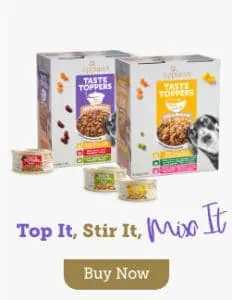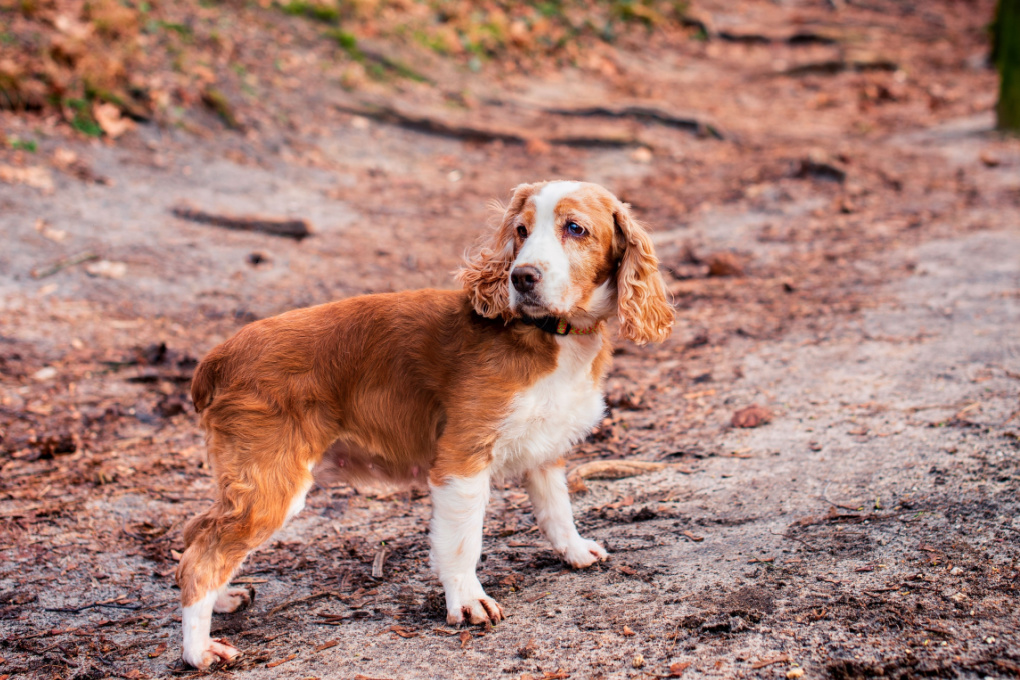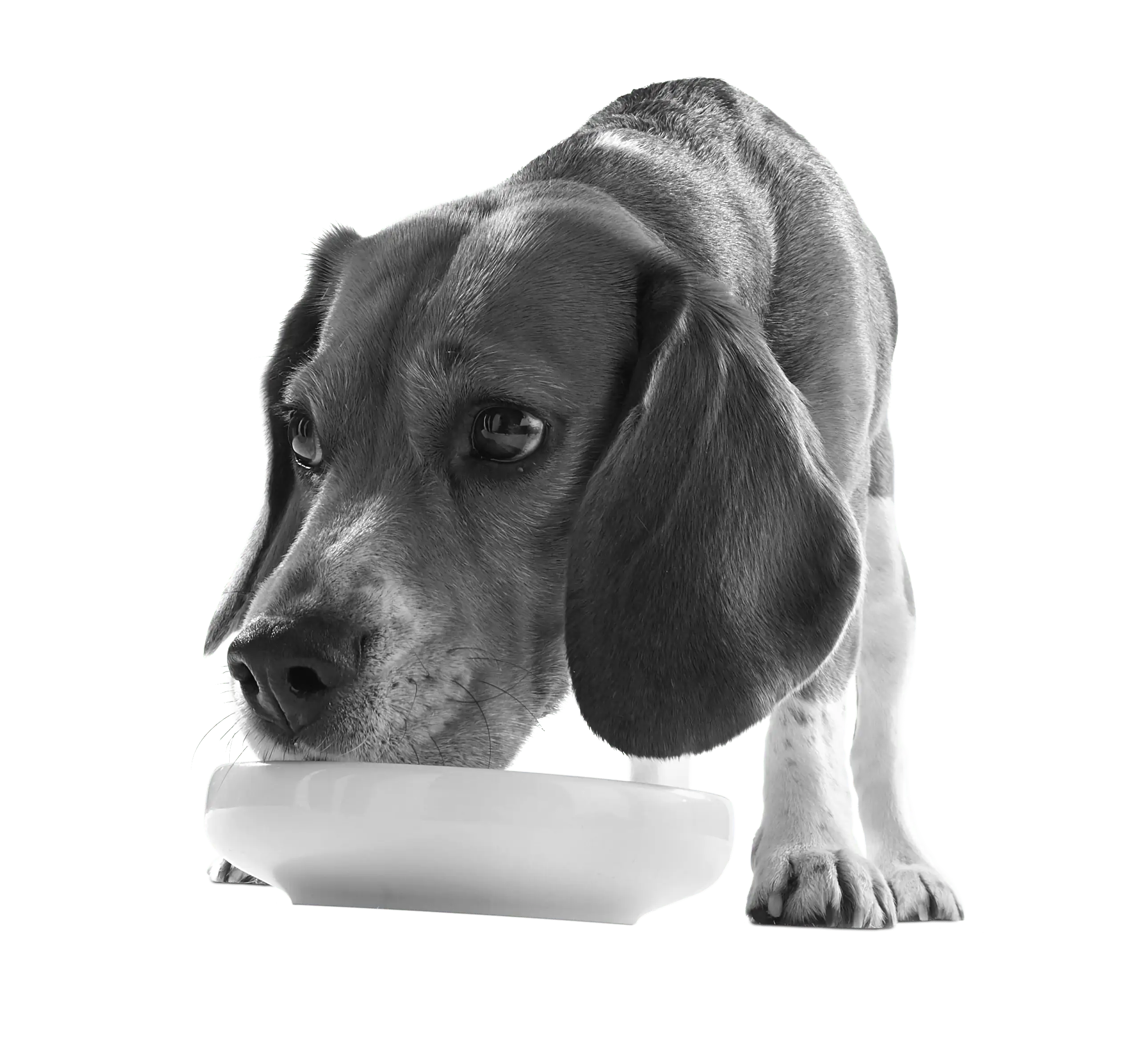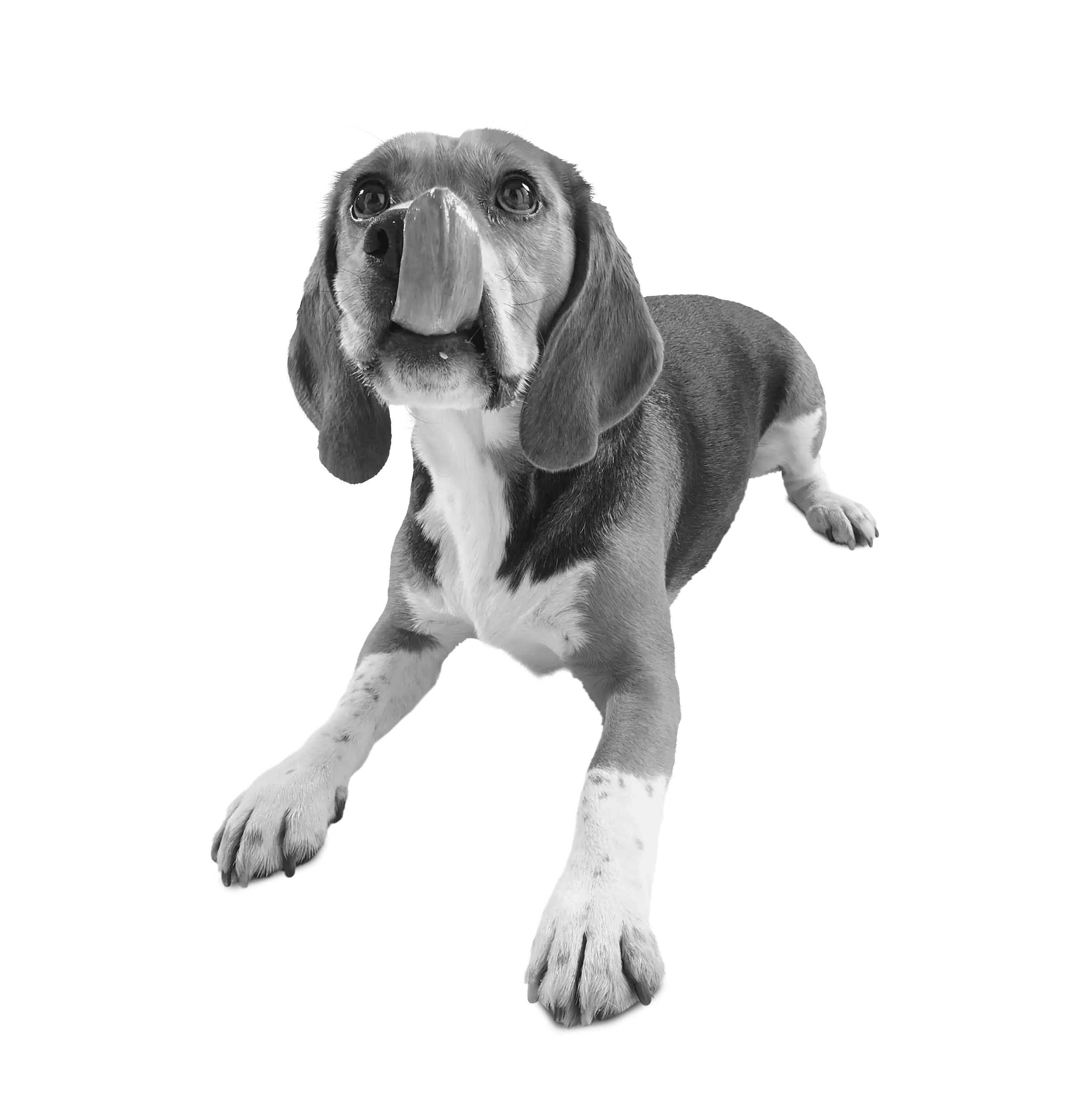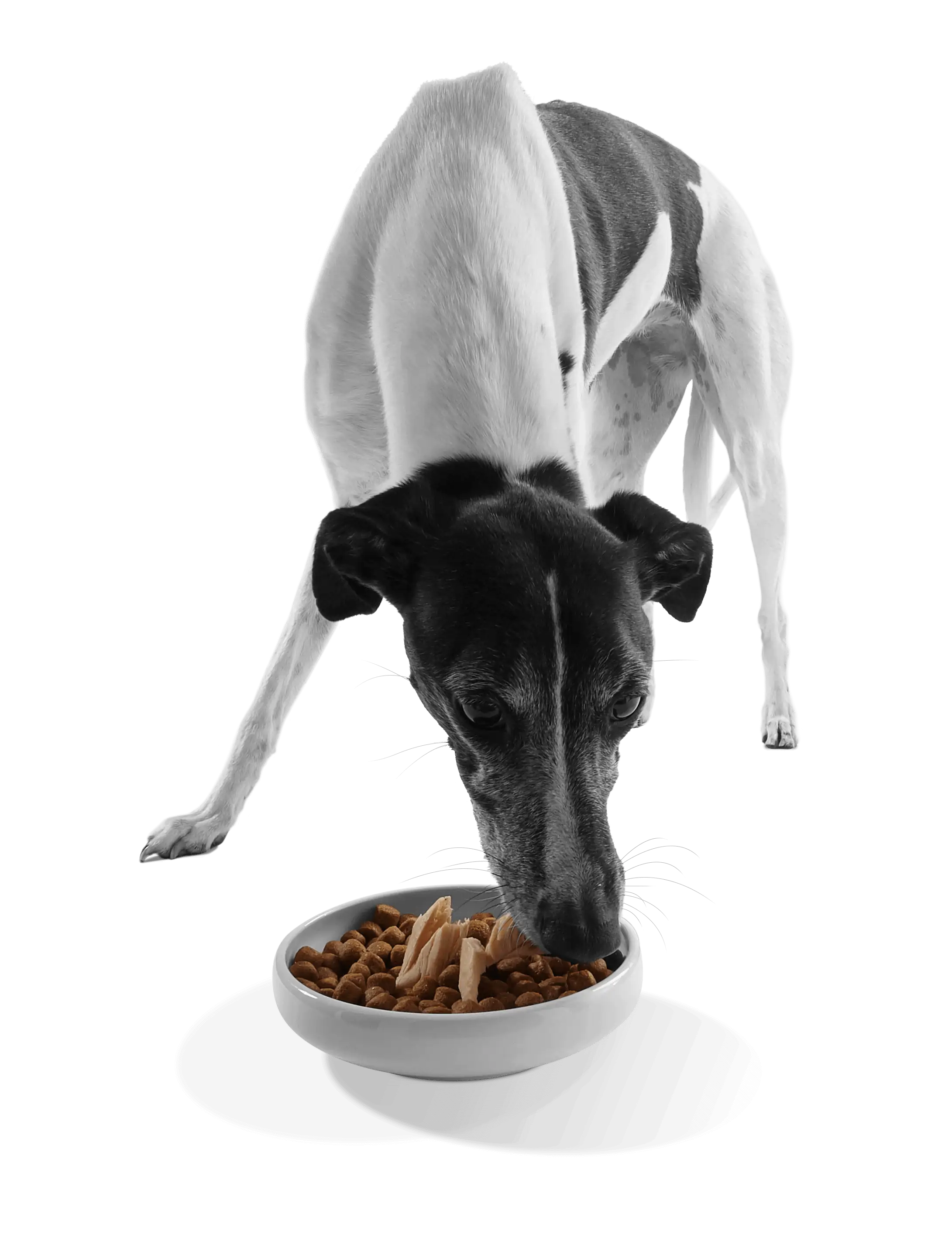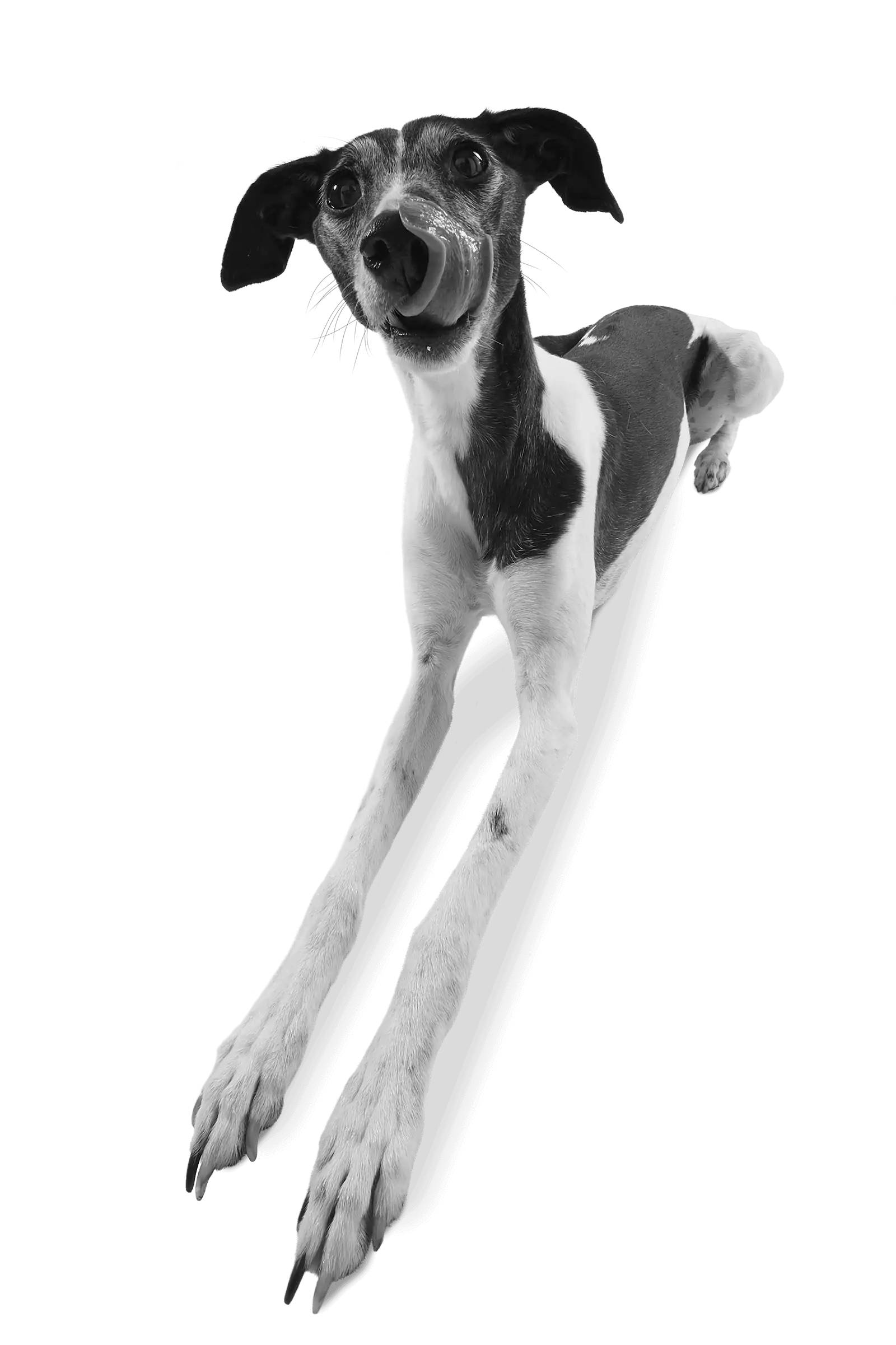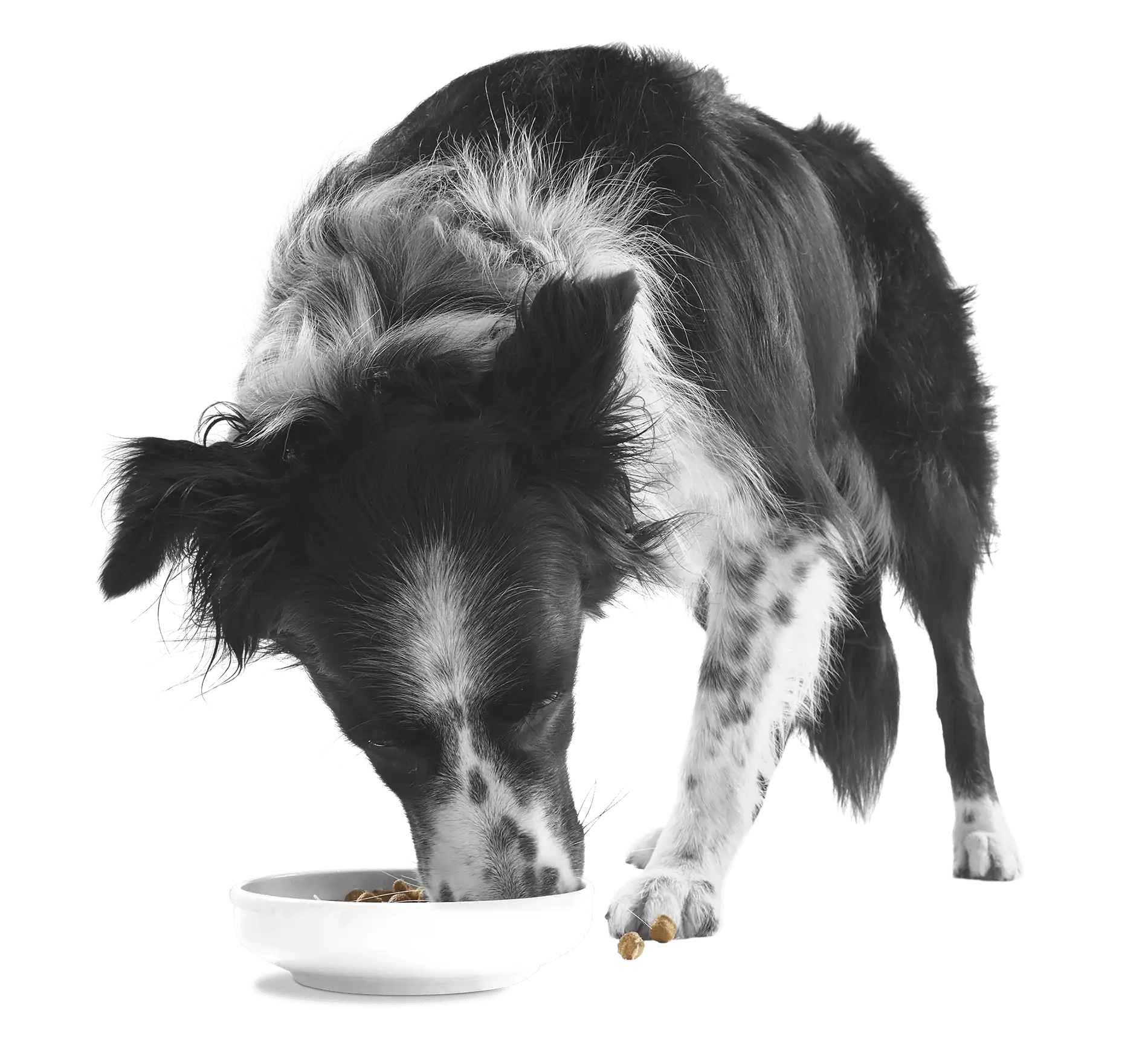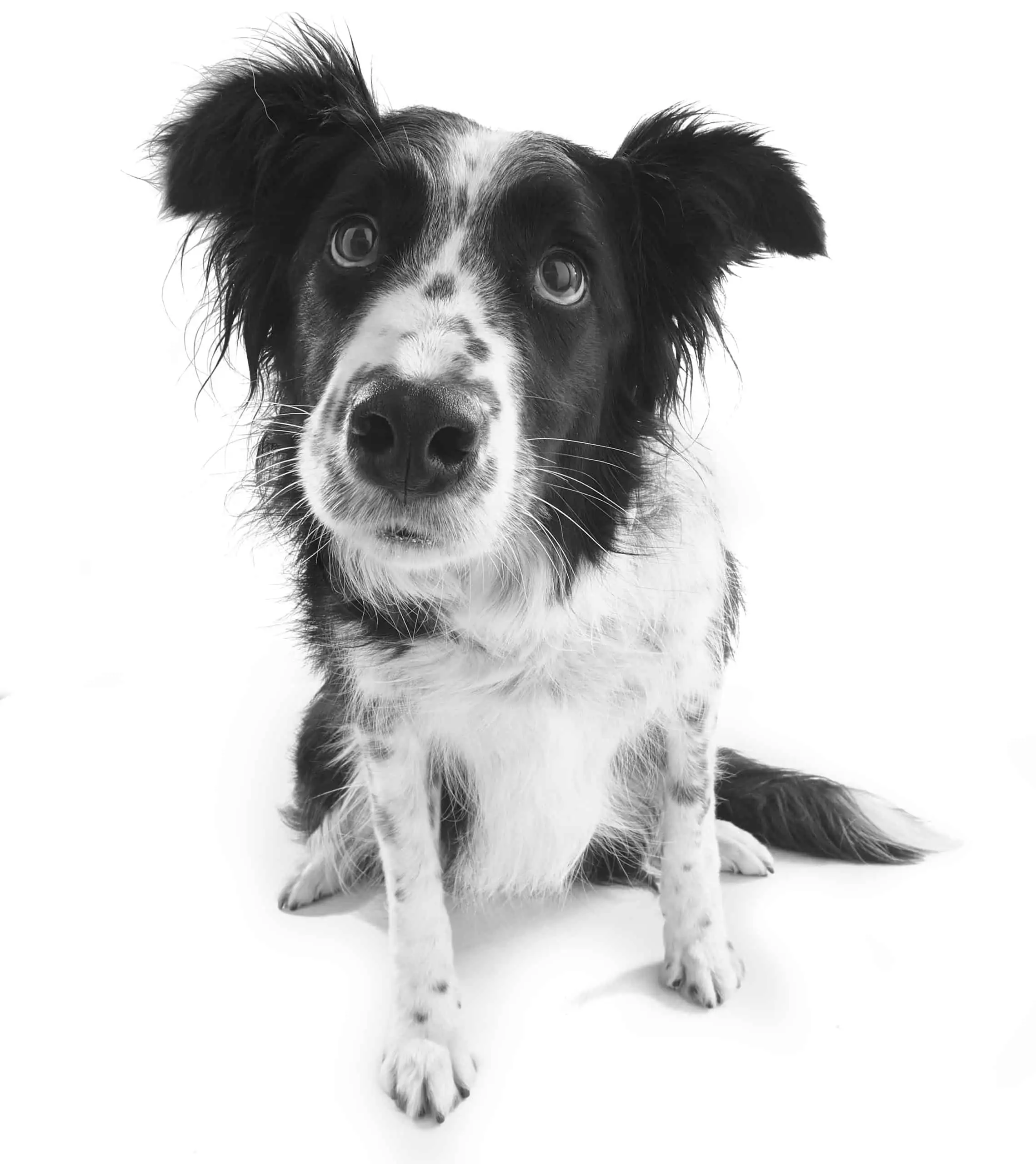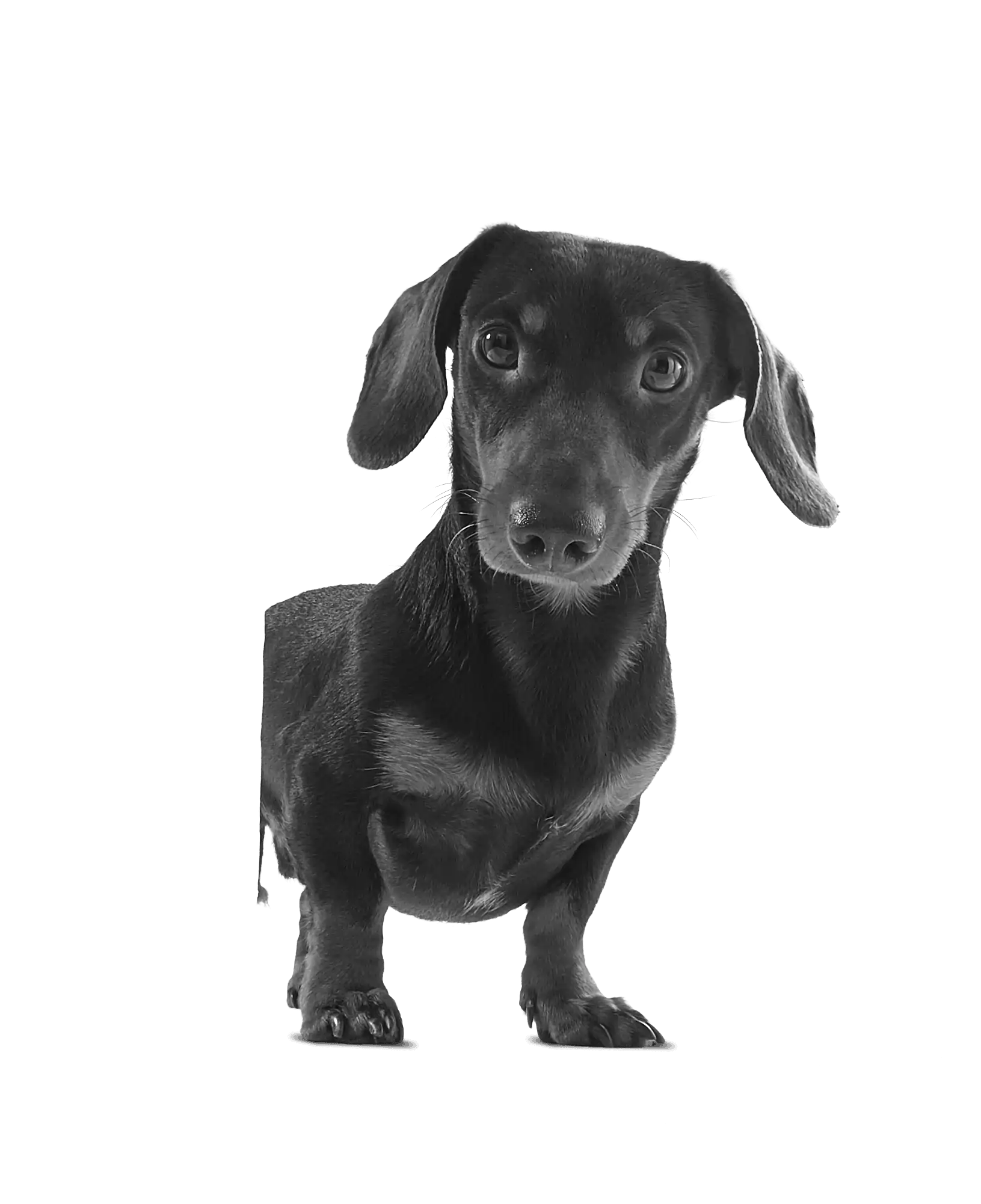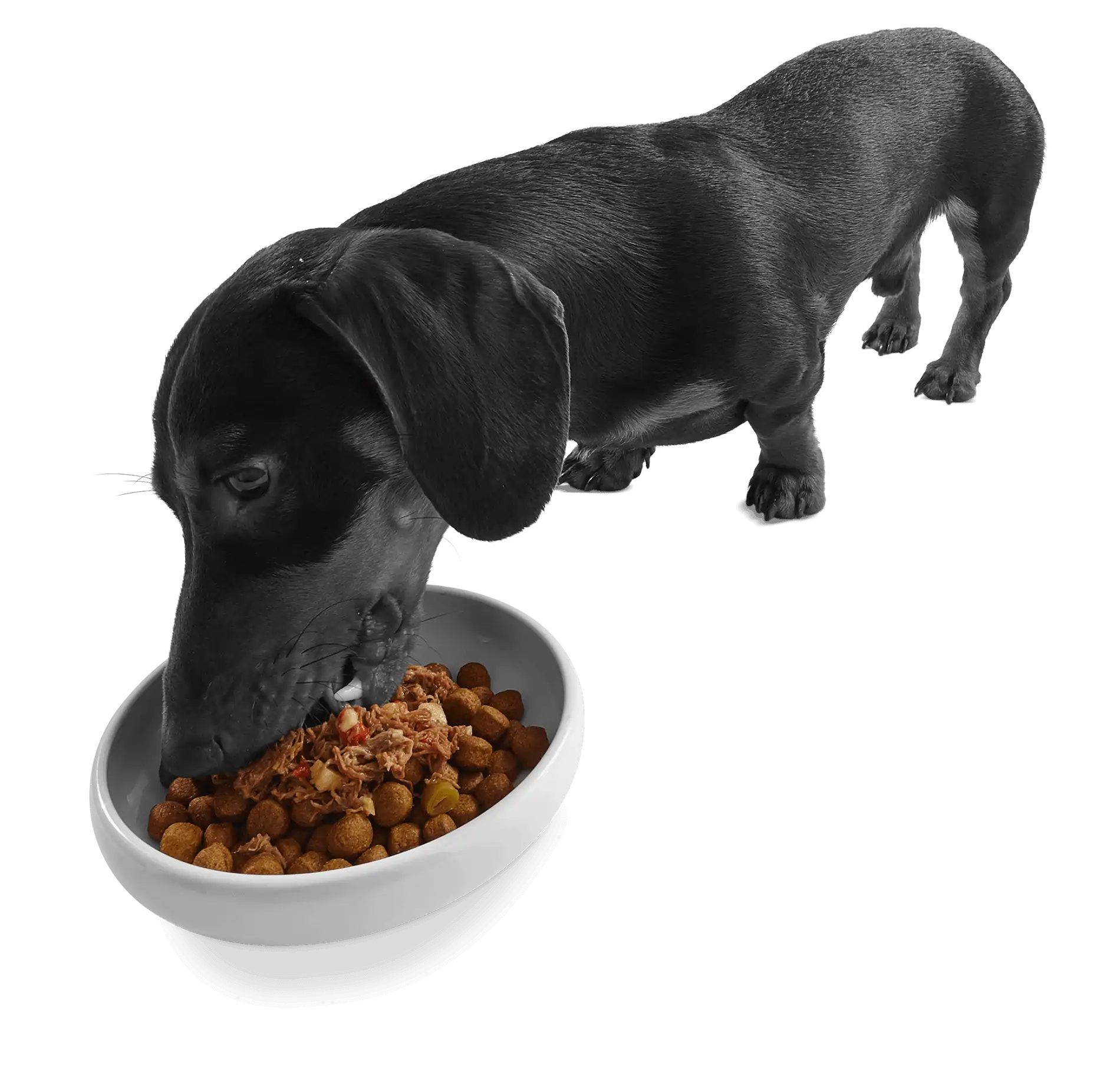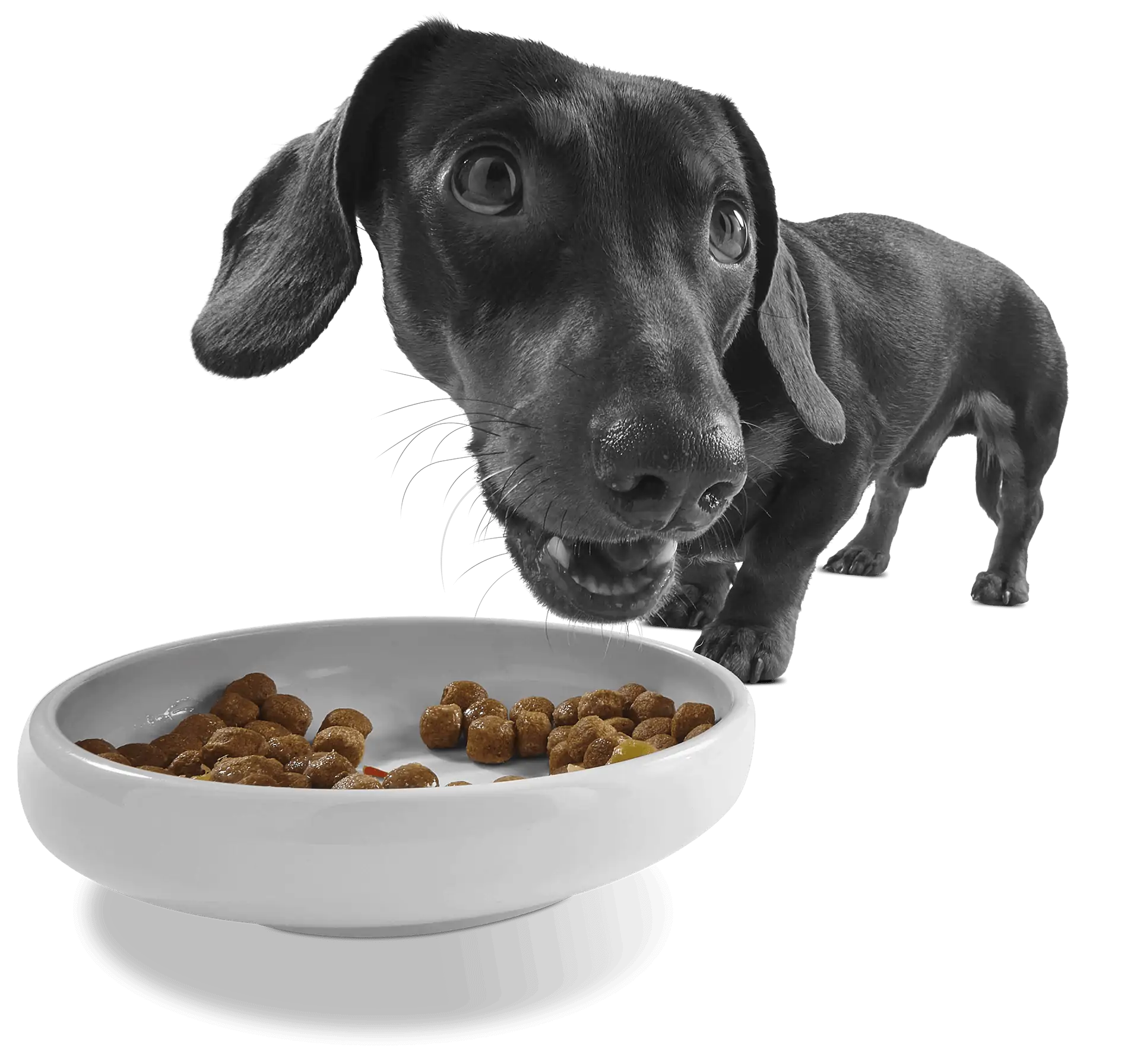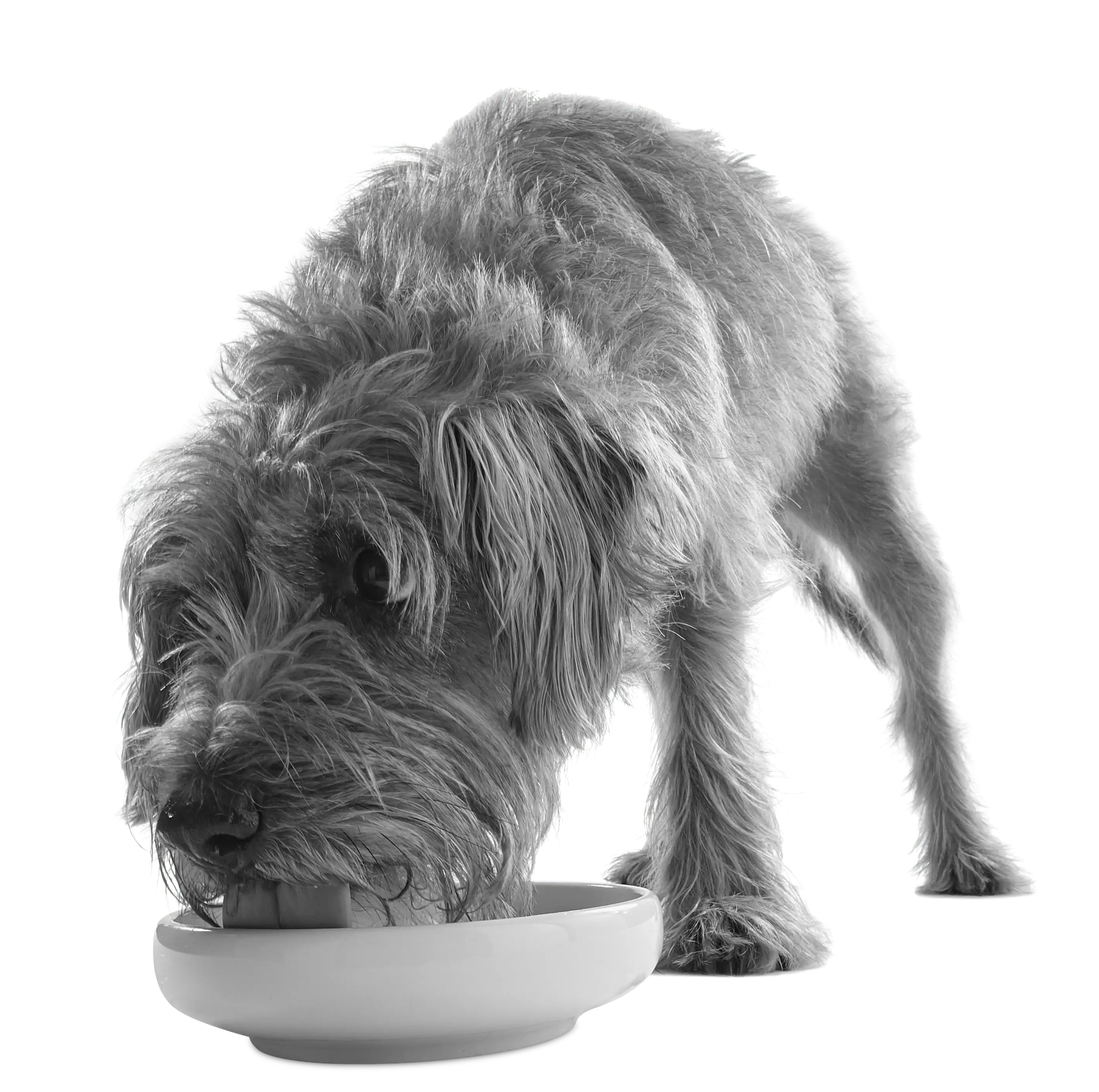Keeping on top of our own diets can be hard work. Cake, crisps, the Saturday night takeaway. Temptation lurks at every calorie corner. With so much tasty healthy food to choose from nowadays though, eating well doesn’t have to be a chore.
And it’s exactly the same when it comes to buying our furry friend’s food. The trick is knowing what’s good for them, and what’s not.
What is the difference between ‘standard’ dog food and grain-free?
The difference between what people may call ‘regular’ dog food and a grain-free alternative comes down to the ingredients. And as you may have worked out….grains.
Grains are the edible seeds of certain grasses, and are found in household foods around the world.
You’ll easily spot the most common ones found in dog food – wheat, corn, rice, oats, barley, rye – just by taking a quick look at the packaging.
That’s what they are, but what do they do?
Some grains are considered a cheaper form of carbohydrates and proteins. Carbs form part of a pet’s natural, balanced diet. They help give your four-legged friend the energy they need for ‘walkies’, while also aiding digestion. Protein is essential for maintaining strong and healthy bodies.
While certain grains may be used as cheap fillers, and aren’t necessarily all that good for our little chums; others – such as rice – can benefit a dog’s diet by offering an excellent source of energy. Any dog food made without wheat, rice or any other grain is classed as grain-free. This is considered by many to be the healthier choice when it comes to a dog’s diet.
At Applaws Taste Toppers, we make our recipes with only your dog’s health and happiness in mind.
That’s why the main source of protein in Applaws dog food is high-quality meat, and that’s why we also pack as many vegetables as possible into our delicious recipes. So you know your dog is getting the best natural source of carbs.
Choosing the right option for your dog
As a pet parent, you want nothing but the best for your little one. Choosing the right diet for them is just as important as choosing the right one for yourself.
So, we’ve listed a few pros and cons to help make the ‘grain-free or wholegrain’ decision a little easier for you.
Wholegrain pros
● Choice. Dog foods containing grains greatly outnumber those without, although more grain-free option are appearing on the market.
● Affordability. Regular dog food is generally found to be cheaper than more specialised recipes.
Wholegrain cons
● Health risks. Dogs, just like humans, can suffer from a range of food intolerances, with certain grains a common trigger. While dogs are able to tolerate some level of grain – rice is an excellent source of carbohydrate – they are carnivores and their bodies are at their healthiest when they get their protein from meat and not cereals.
● Hard to digest. Dog’s bodies can struggle to break down some grains, which can lead to bloating and discomfort.
● Cheap filler. Some manufacturers may use grain as a cheap and easy way to bulk out their products, which may reduce taste and overall quality.
Grain-free pros
● Weight control. Obesity can be a common problem among dogs. And some may benefit from a diet lower in grains as their bodies will utilise fat instead for energy. Our Taste Toppers range –including the succulent Beef with Green Beans, Sweet Potato & Red Pepper in Broth Pouch – offer superb grain-free meal enhancers that bring mouth-watering taste and nutrients to the bowl.
● Tasty veg. Remember, how your parents used to tell you to eat all your veg…well it’s the same for our fur babies. Take out the grains, and it should be greens going into recipes to boost their nutrient profile. Look at our Chicken Breast with Broccoli, Apple & Quinoa in Broth Pouch or our Lamb with Pumpkin, Sweet Potato & Peas in Jelly Tin; Taste Toppers packed full of juicy veg.
Grain-free cons
● Quality control. Grain-free is only likely to be healthier if the recipe contains high-quality meat content. Applaws’ Chicken Fillet with Rosemary Taste Toppers are grain-free, and made with pure cuts of chicken fillet making them a protein winner that’s easy to digest.
● Cost. A grain-free diet is generally considered to be more expensive than a ‘standard’ one.
You know your dog better than anybody. You know what’s best for them, and you know what they love. If you think they would benefit from a grain-free diet then slowly begin to transition them over, always ensuring they are receiving the right balance of nutrients.


